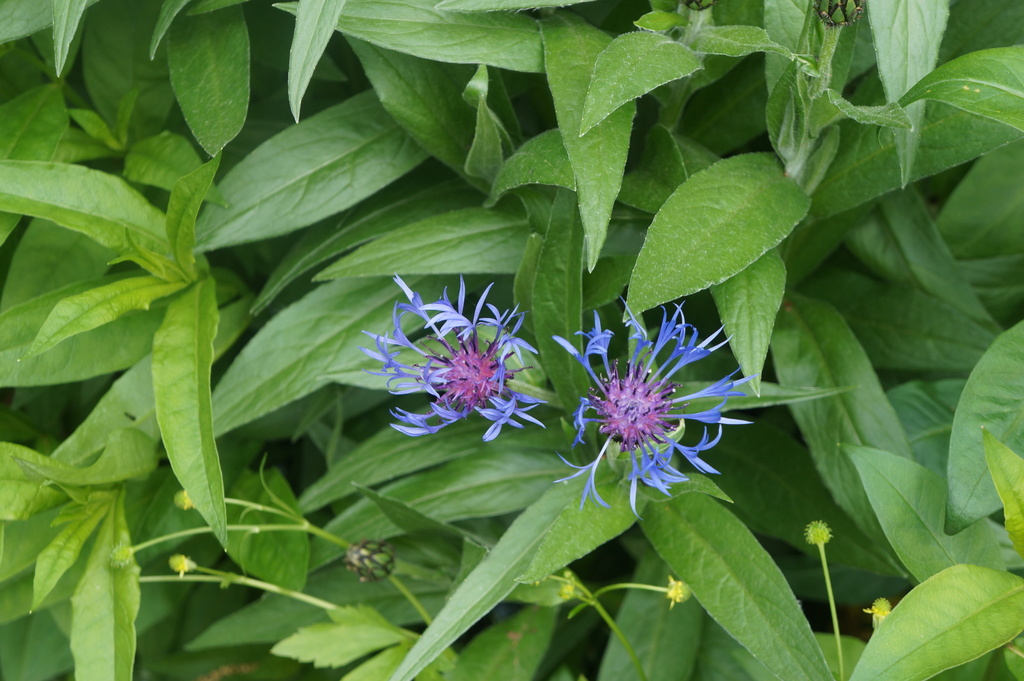Rubus in New Jersey
(these are just my notes; I am not an expert)
In New Jersey we have:
Wineberry (R. phoenicolasias): fuzzy red stems 
Black raspberry (R. occidentalis): blue-gray, round stems 
(Red raspberry) (R. idaeus) (mostly north of NJ): blue-green or red-green, round stems
Cut-leaved blackberry (R. laciniatus): deeply lobed leaflets
Sand blackberry (R. cunefolius): wedge-shaped, smallish leaflets 
Purple flowering raspberry (R. odoratus): leaves not divided, currant or maple-like 
Common dewberry (R. flagellaris): trailing with prickles on stems, dull leaves 
Swamp dewberry (R. hispidus): trailing with bristles and some prickles on stems, shiny leaves 
Common blackberry (R. allegheniensis): fluted stems, flowers in clusters of more than 12, in a raceme, glandular flowerstalks 
Pennsylvania blackberry (R. pensylvanicus): fluted stems, flowers in clusters of fewer than 12, not very glandular, not always a raceme and if so a short one. 
note: in separating the raspberries: R. idaeus has pinnately compound leaves (you'll see this on the new growth) 
while R. occidentilis is virtually always trifoliate. 
And obviously the fruit of R. idaeus is red and of R. occidentalis is black.

















